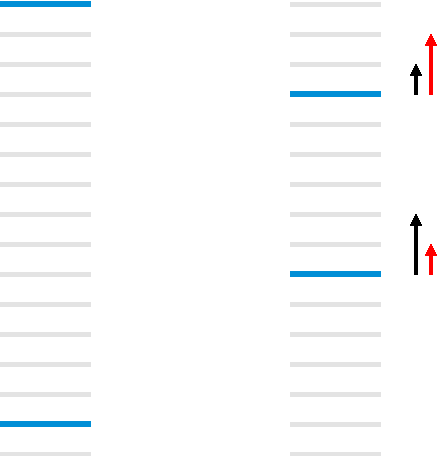What is Lambda rank?
LambdaRank is one of the Learning to Rank (LTR) algorithms developed by Chris Burges and his colleagues at Microsoft Research.
LTR
Learning to Rank (LTR) is a group of three main techniques that apply supervised machine learning (ML) algorithms to solve various ranking problems. It is commonly used in search engine ranking and ranks list of items to come up with an optimal way of ordering those items.
LambdaRank
This is a technique where ranking is transformed into a pairwise classification or regression problem. Basically, the algorithms consider a pair of items at a single time to come up with a viable ordering of those items before initiating the final order of the entire list. It is an extension of RankNet technique, which is also a LTR technique developed using neural nets. There is a cost function part of RankNet that provides an algorithm to minimize the number of inversions in ranking.
During the RankNet training procedure, it was discovered that costs are not required to perform ranking. The only major requirement is the gradients (λ) of the cost with respect to the model score. You can think of these gradients as little arrows attached to each document in the ranked list that indicate the direction we’d like those documents to move.
They also found that scaling the gradients by the change in NDCG found through swapping each pair of documents gave good results. Also, swapping these pairs and scaling these gradients by their change in NDCG gave good results. Therefore, LambdaRank uses the idea of a new cost function for training a RankNet. This improves the RankNet by increasing the speed and accuracy of RankNet over experimental datasets.
Free Resources
